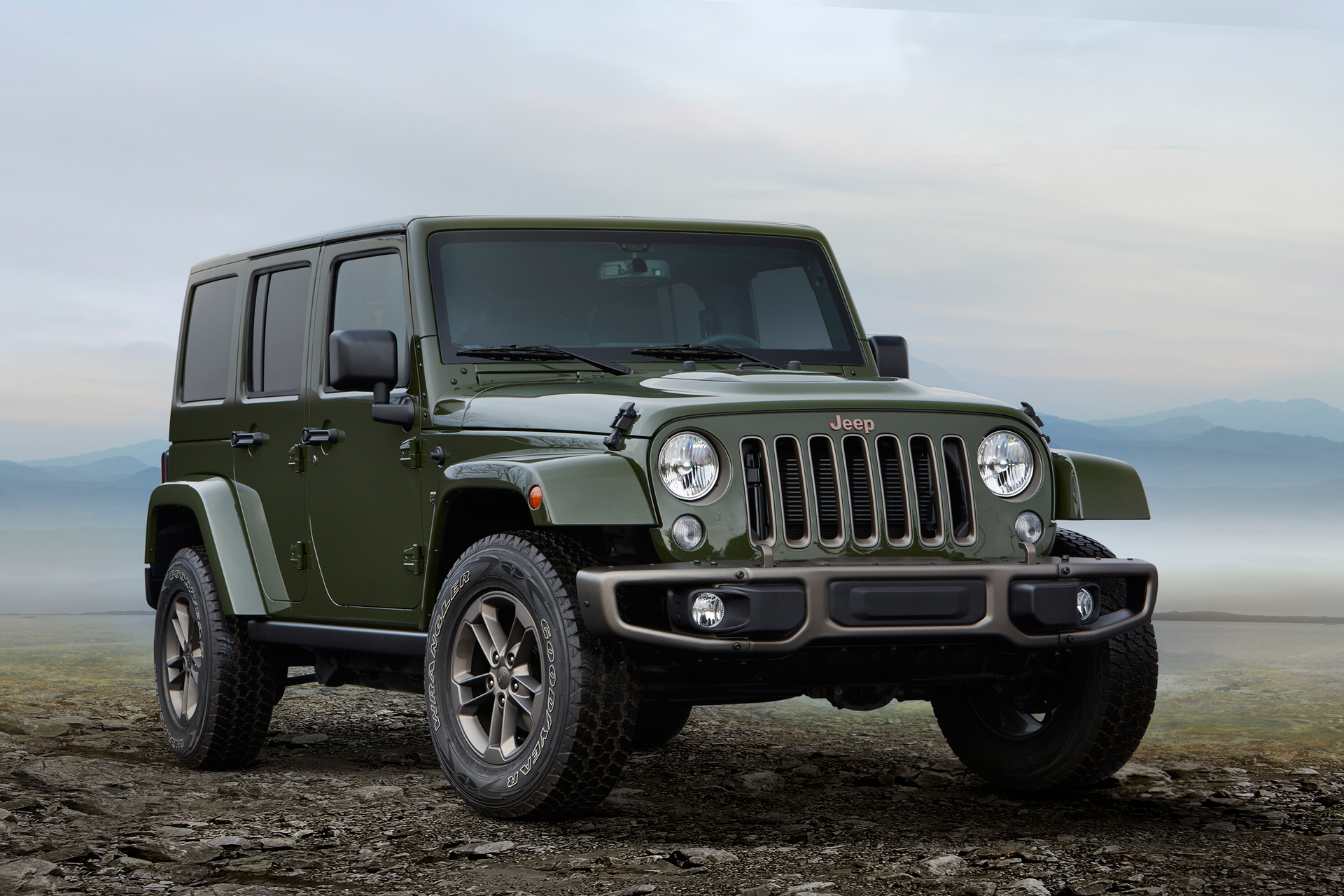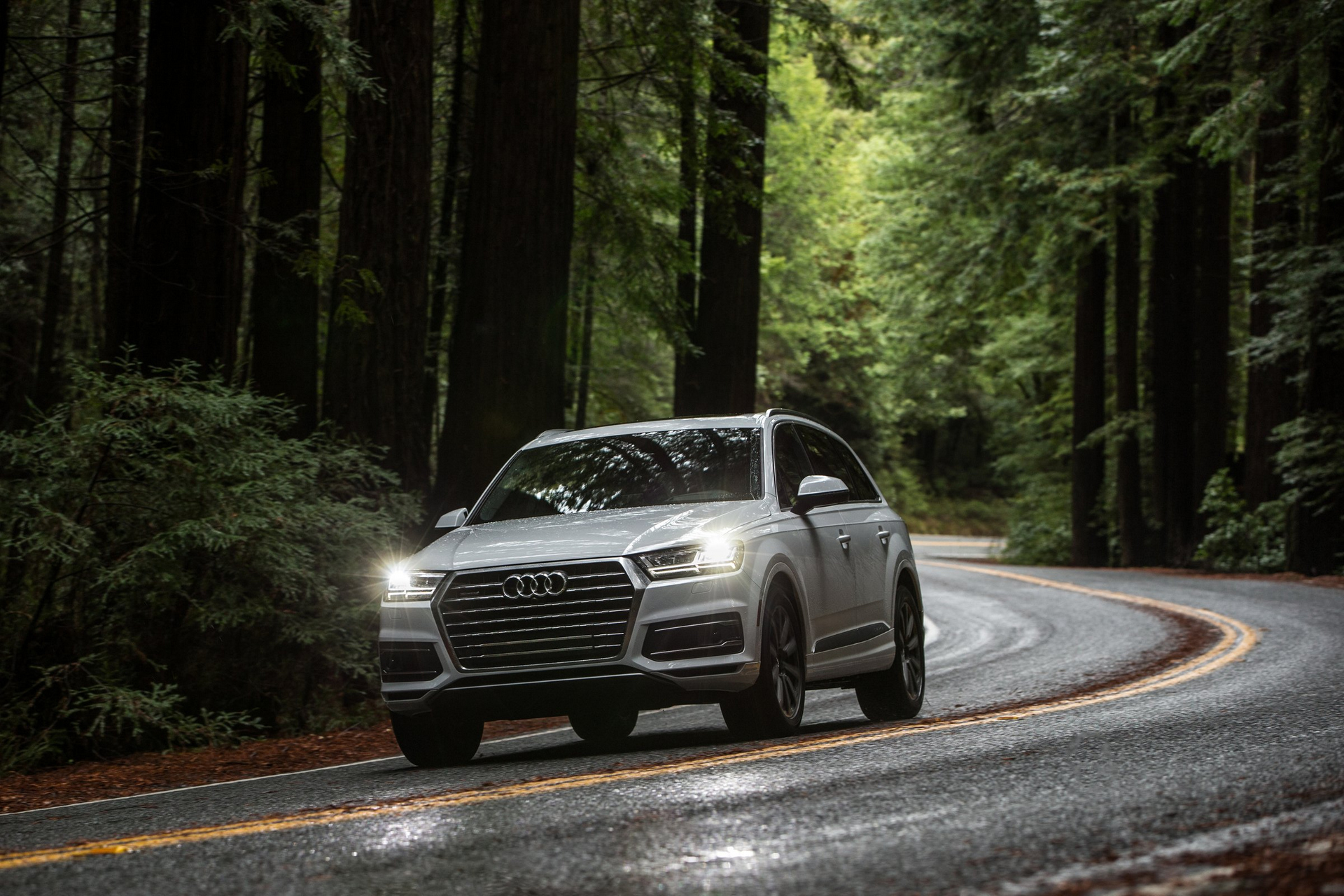You probably heard of the all-wheel drive (AWD) and the four-wheel drive (4WD). What’s the difference and which is better if any?
Origin of Terms
Most cars and SUVs have four wheels meaning 4WD would literally be ‘AWD’ for them (because four wheels are all wheels they have). However, the terms are not interchangeable; they imply pretty much different systems. 4WD, sometimes also referred to as Four by Four, or 4×4, is much older; it is used in off-road vehicles such as the Jeep Wrangler while AWD can be found in any modern car or SUV regardless of its class or road capabilities if the automaker wants so. For instance, the 2016 Mercedes-Benz AMG E63 S Sedan has the AMG performance 4MATIC all-wheel drive and can’t be purchased with other systems.
Difference
So, what’s the difference? Basically, 4WD and AWD are similar; they provide power to both axles and both wheels on each axle. However, the first one is on-demand, or part-time, which means one axle is permanently connected to the drive while the other is being connected as needed. That’s why you have to activate 4WD either electronically or mechanically and deactivate it later when you don’t need it. The second one is full-time, or permanent, and, in turn, implies that both axles are permanently connected. It may include a differential between the front and rear drive shafts but not necessarily. Nearly every AWD involves dozens of sensors on each wheel that monitor traction, wheel speed, and other data hundreds of times a second providing car’s computer with info for automated switching.
Which is Better?
It depends on your needs. If you want a better off-road experience with riding on boulders and huge dirt pits, 4WD will be surely more suitable for you. It’s a proven, rugged technology capable of nearly everything and in all conditions. It is also more fuel-efficient because you can deactivate it anytime. Otherwise, AWD is better. It provides increased grip and control under all road conditions except for extreme obstructions and works all the time.








































